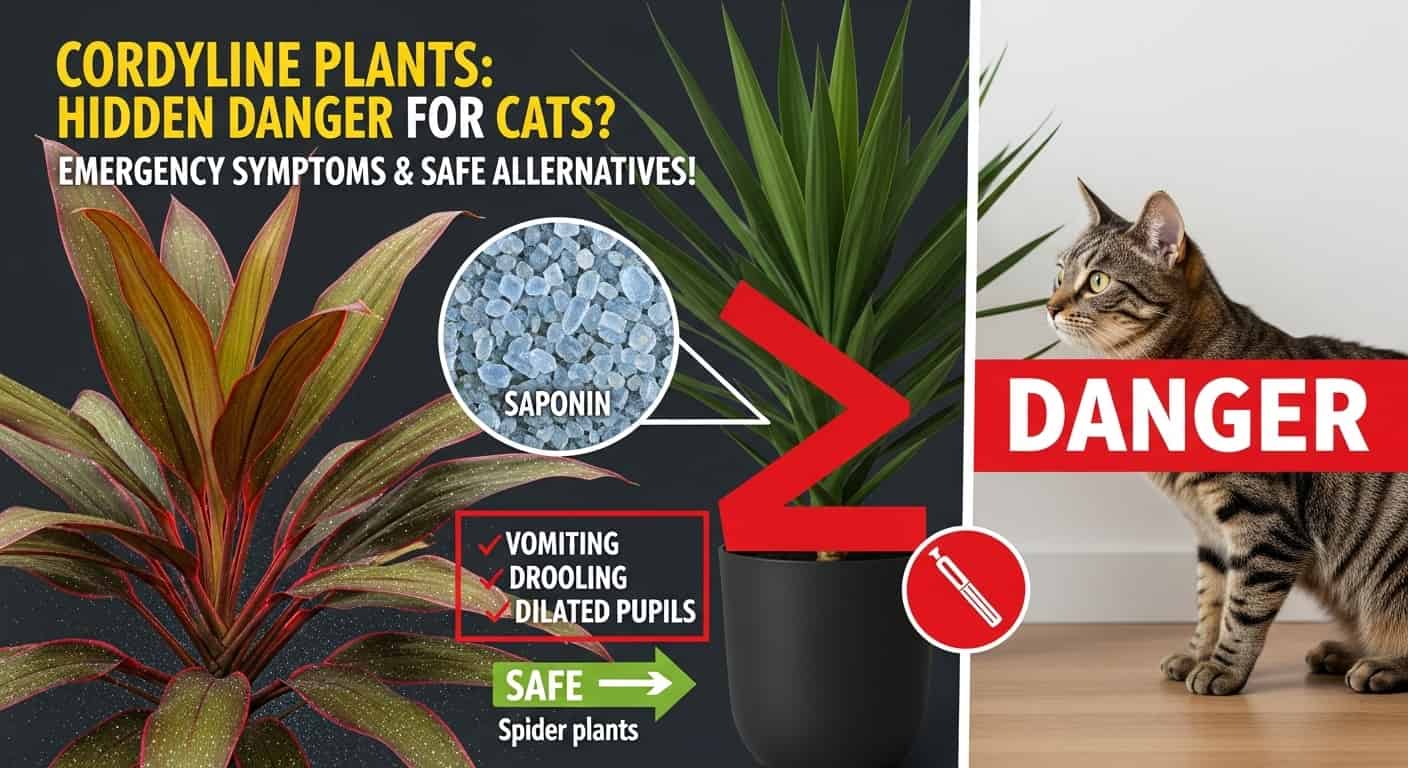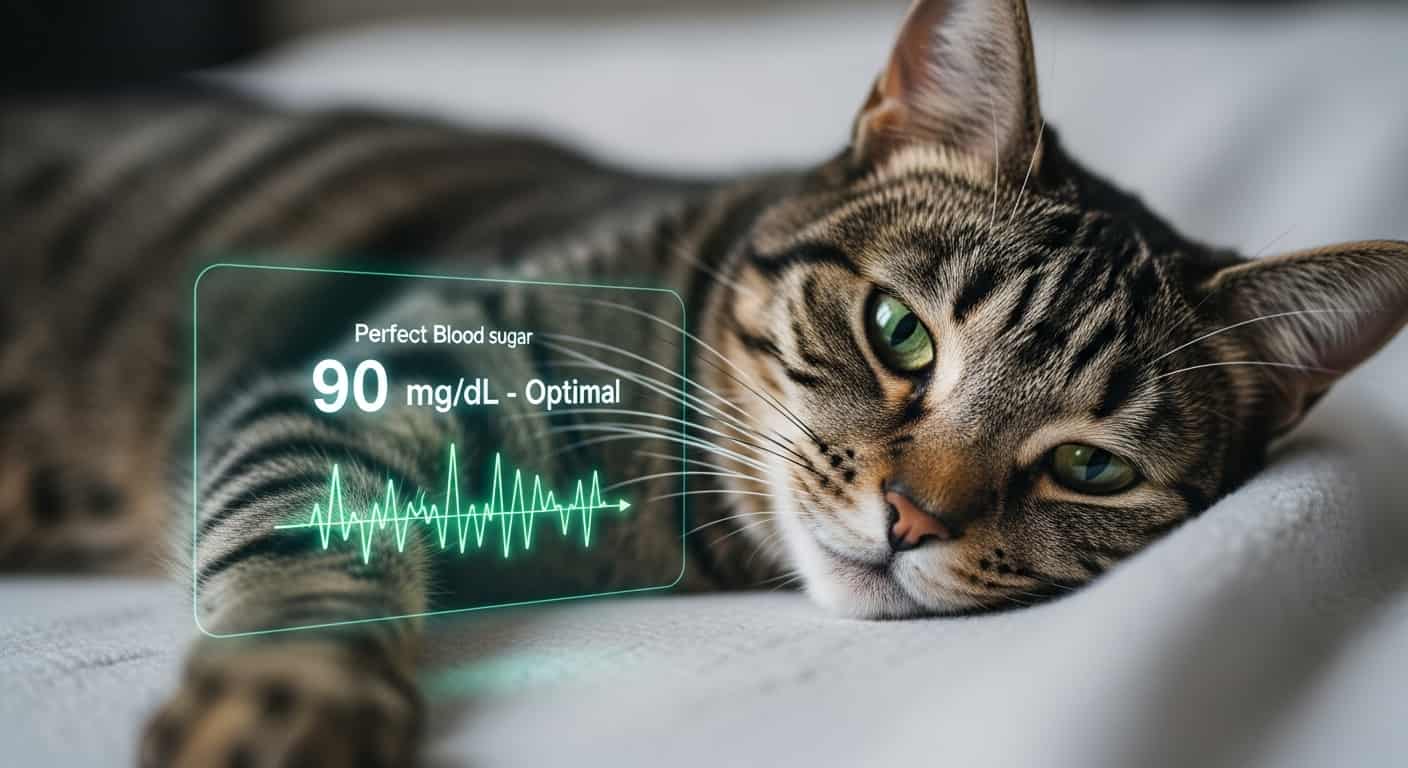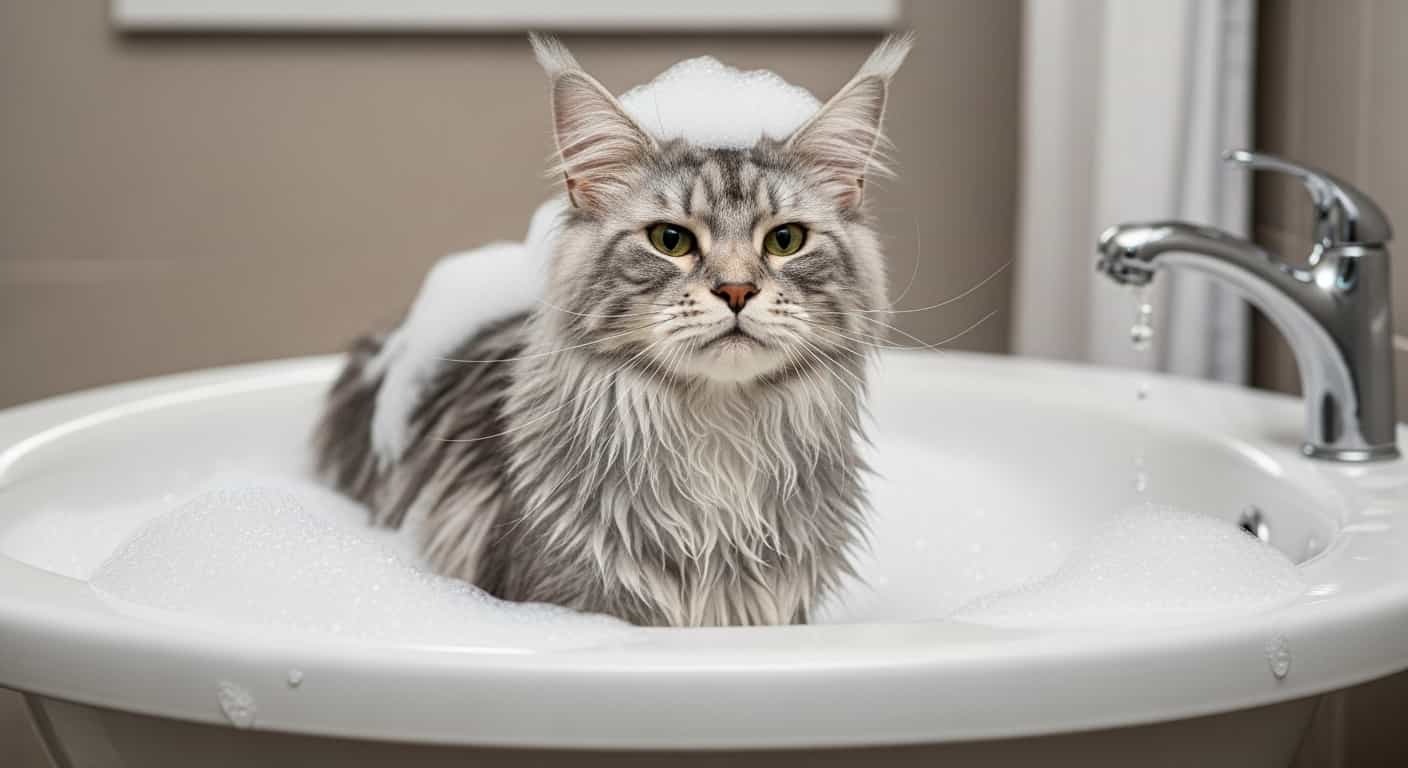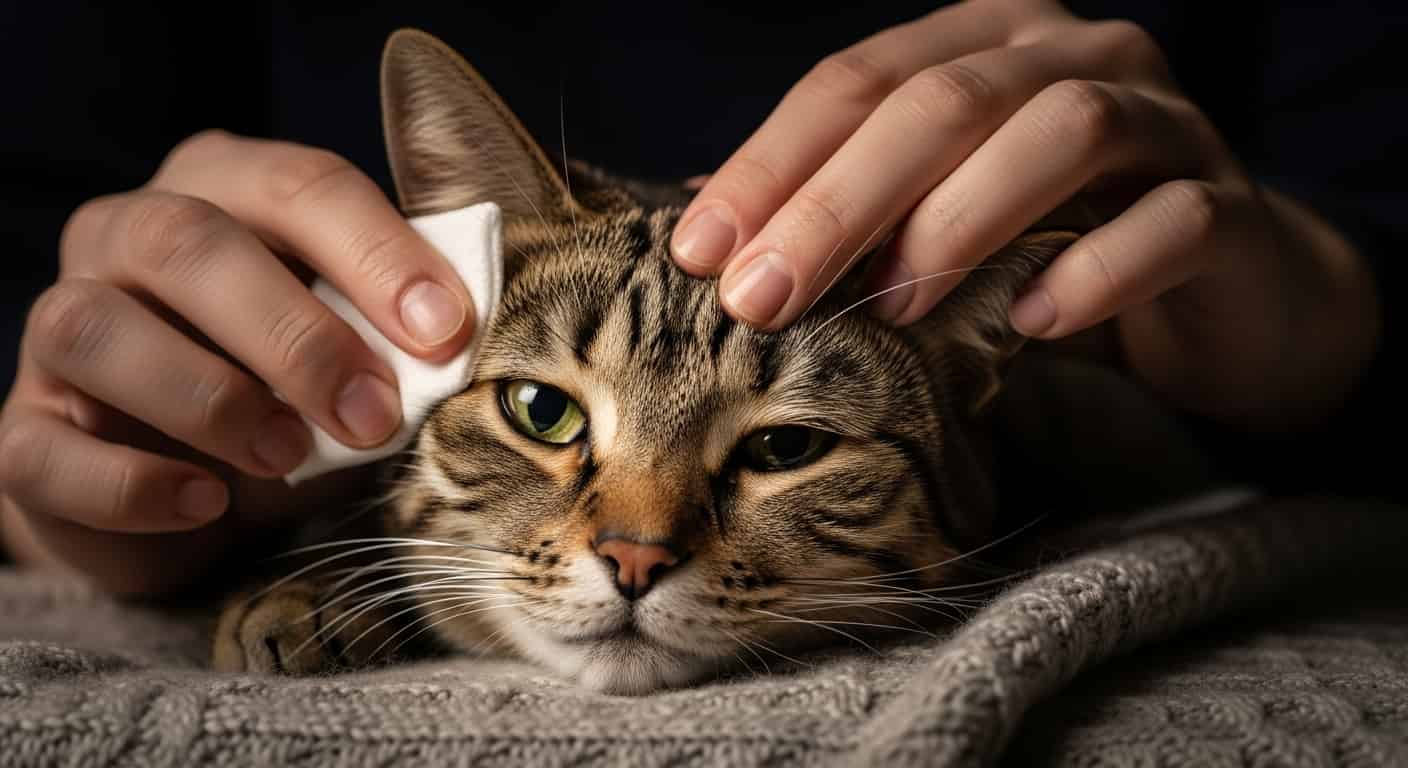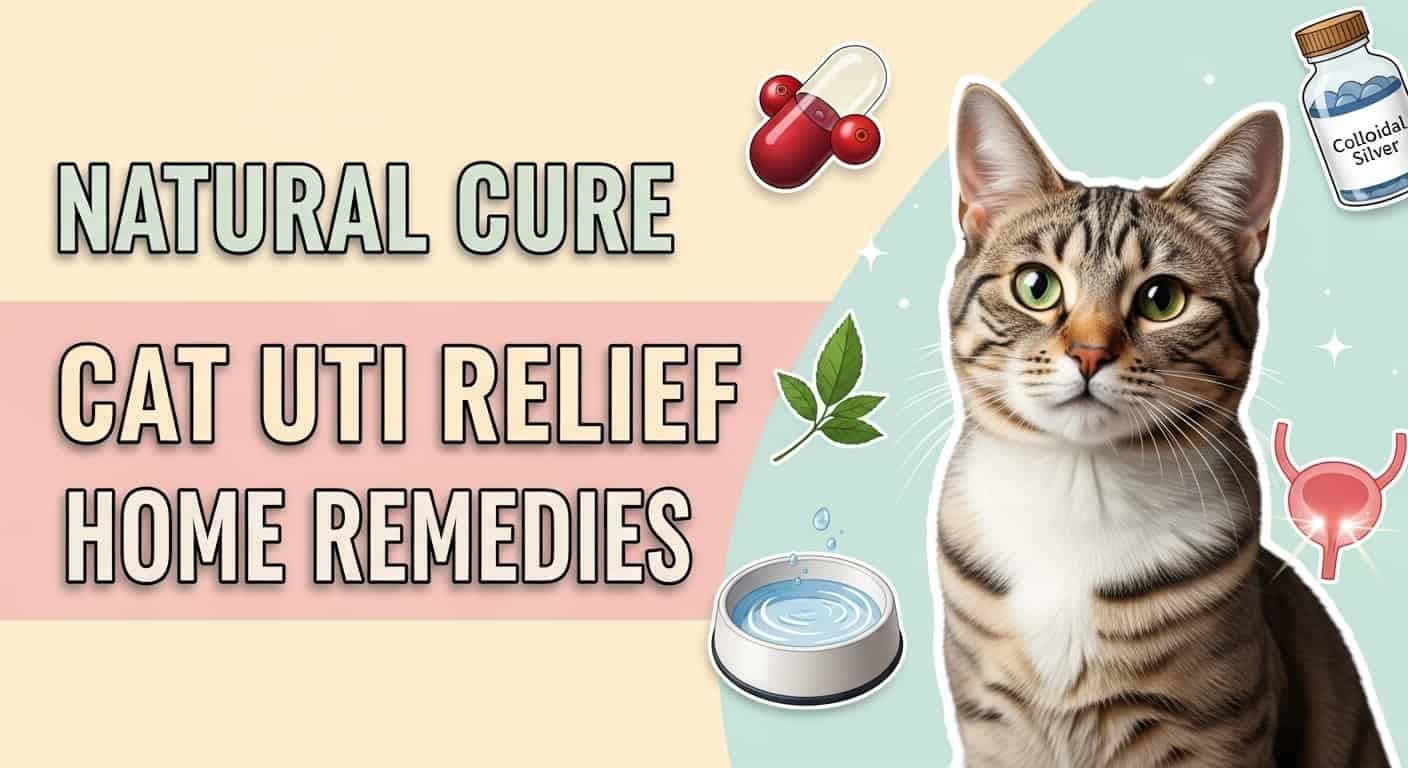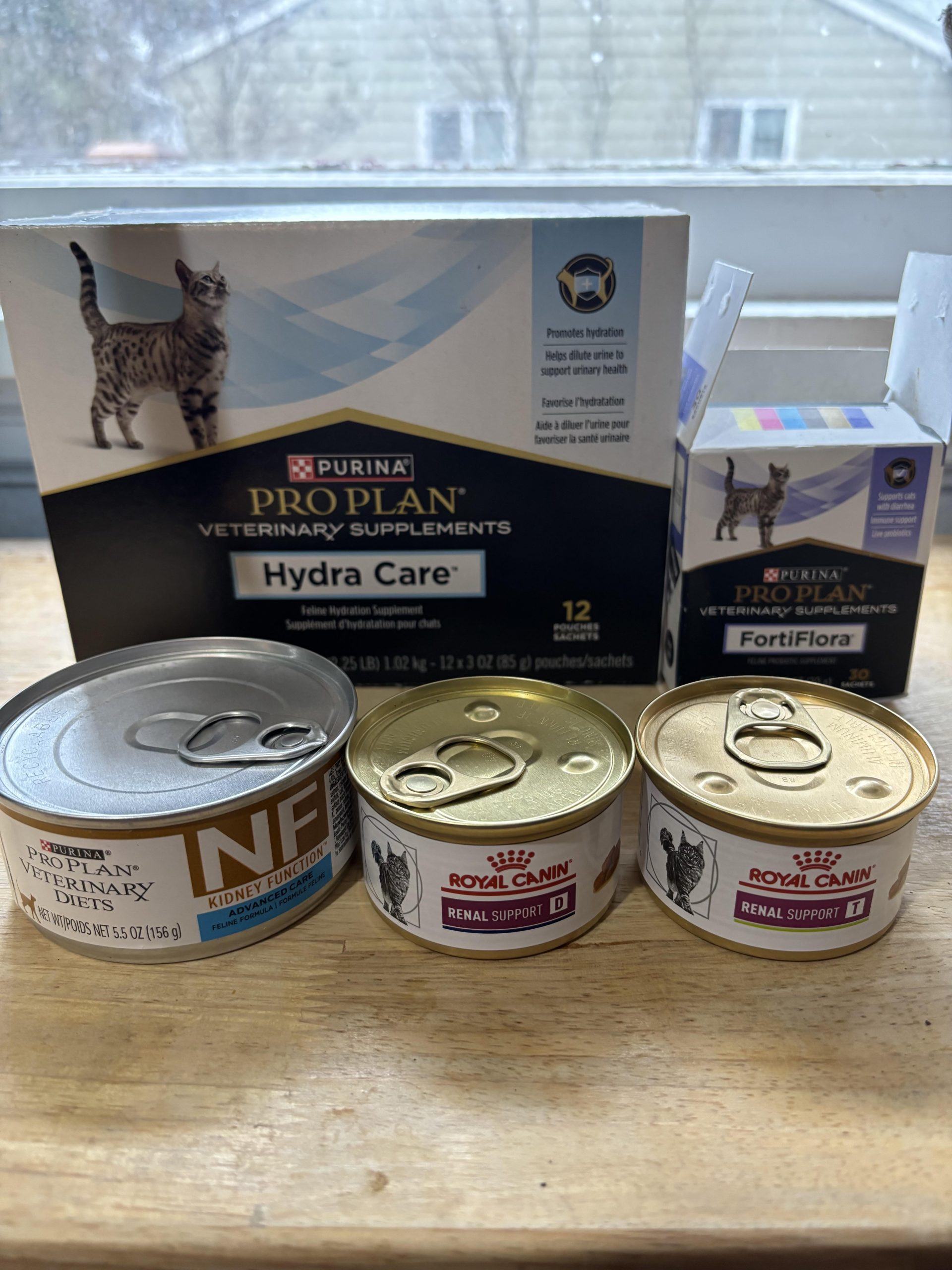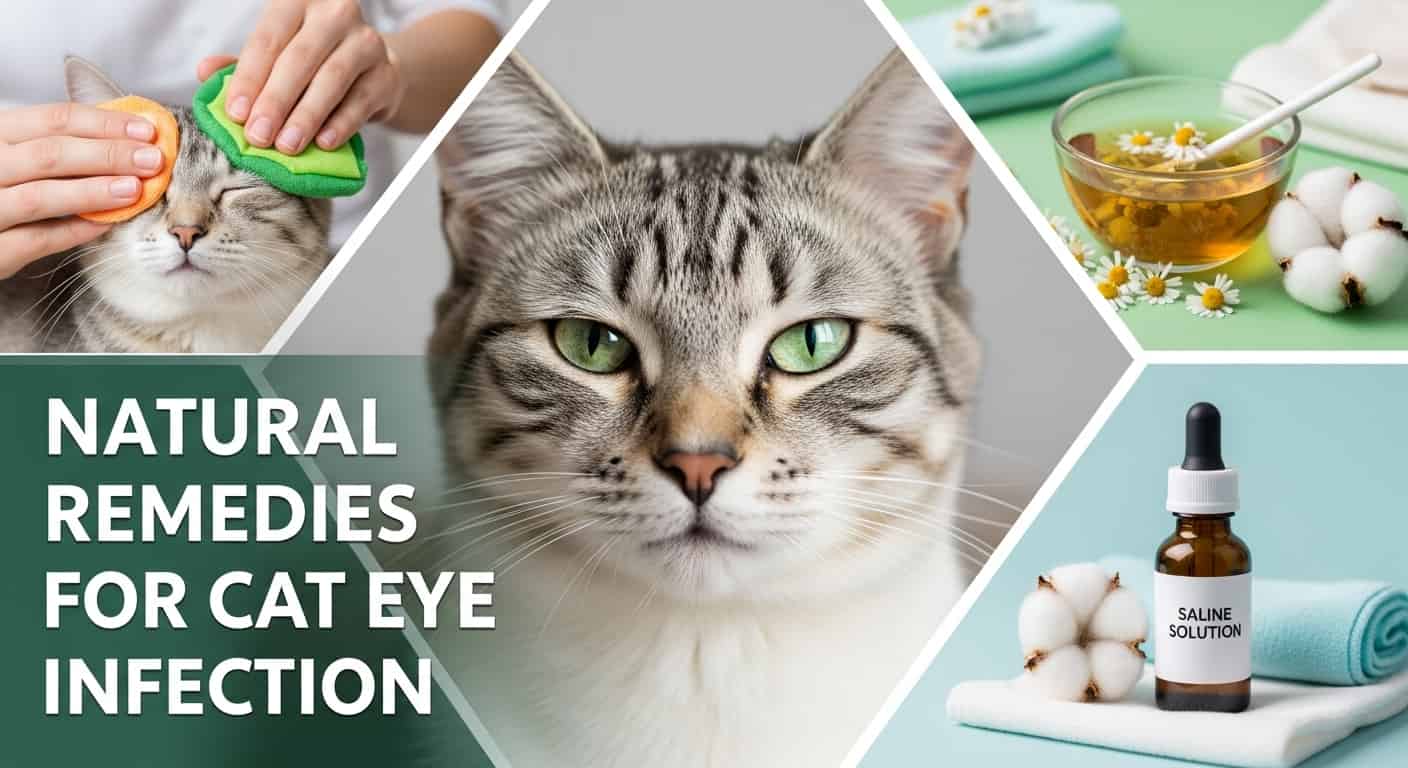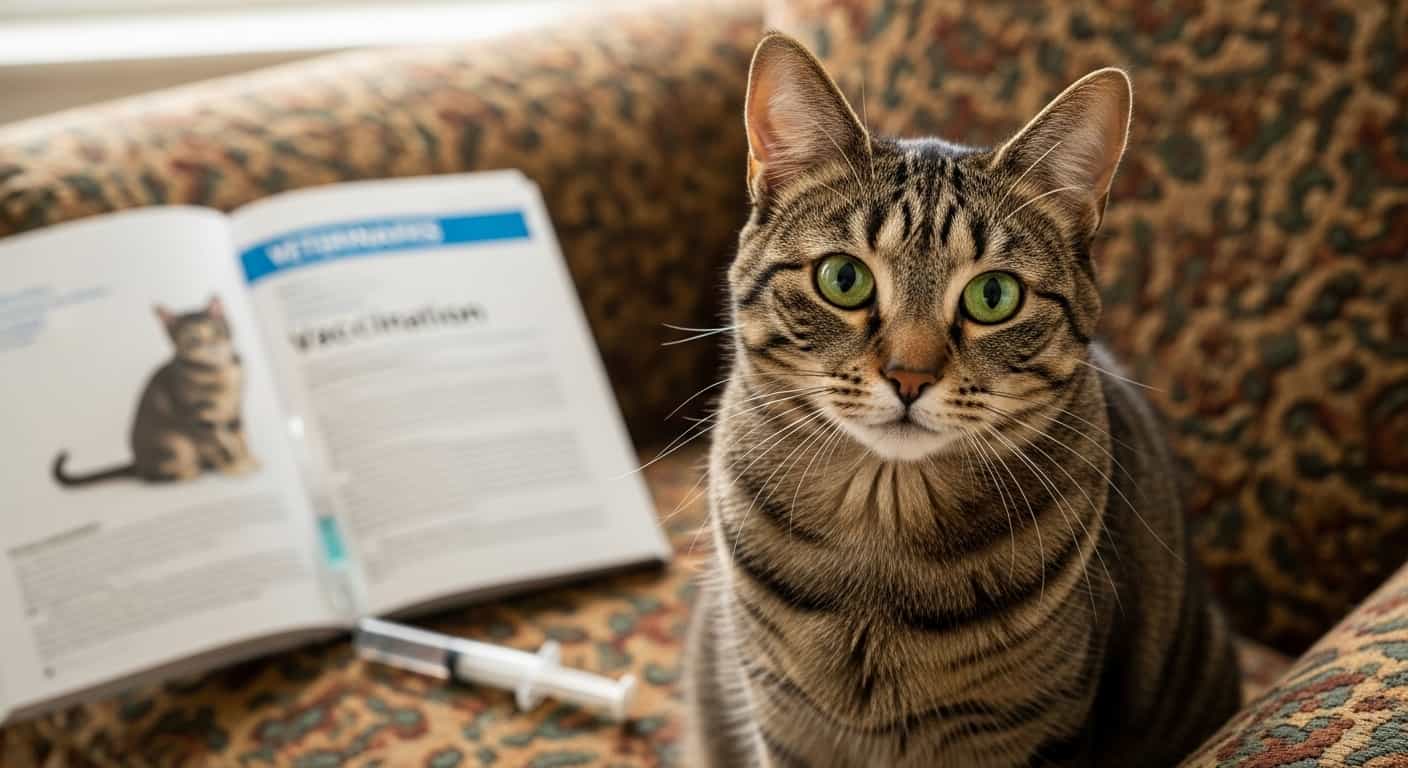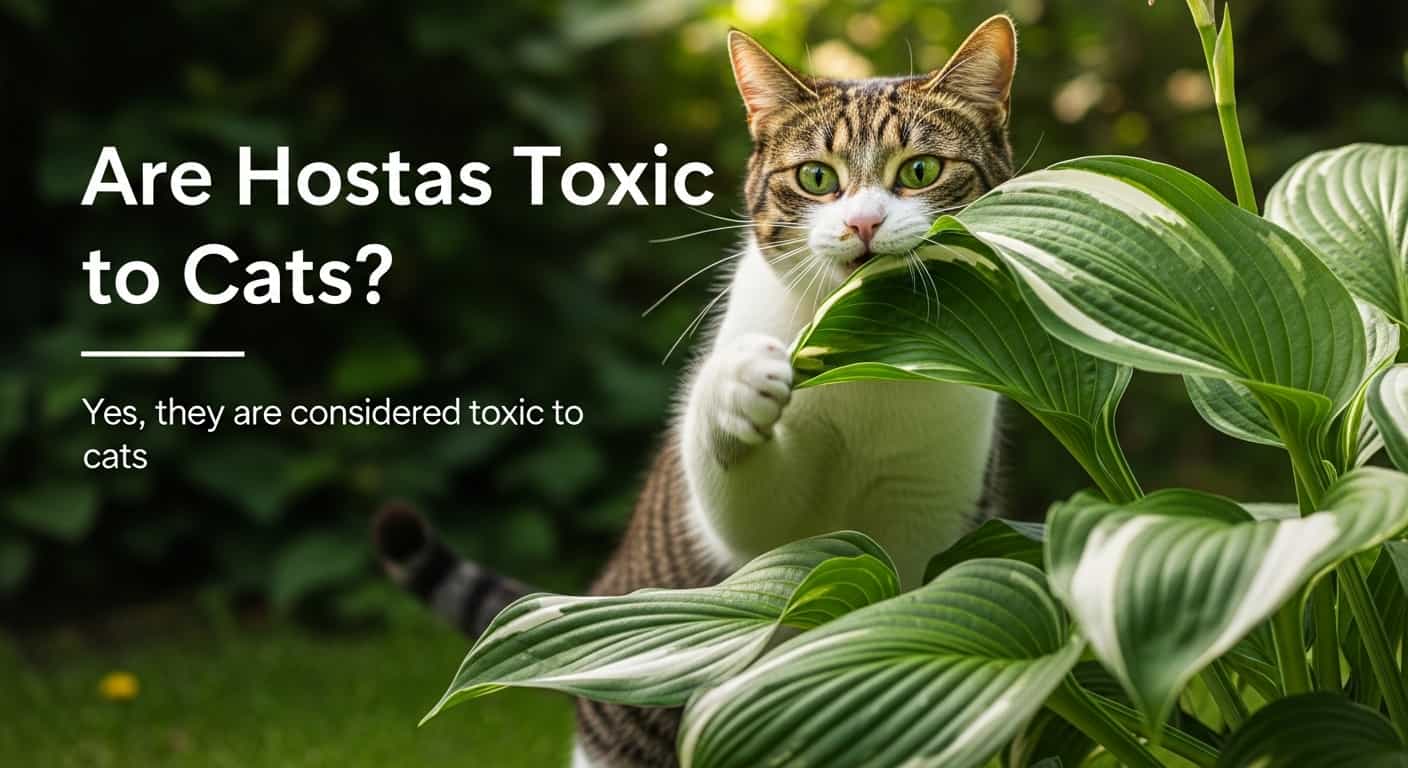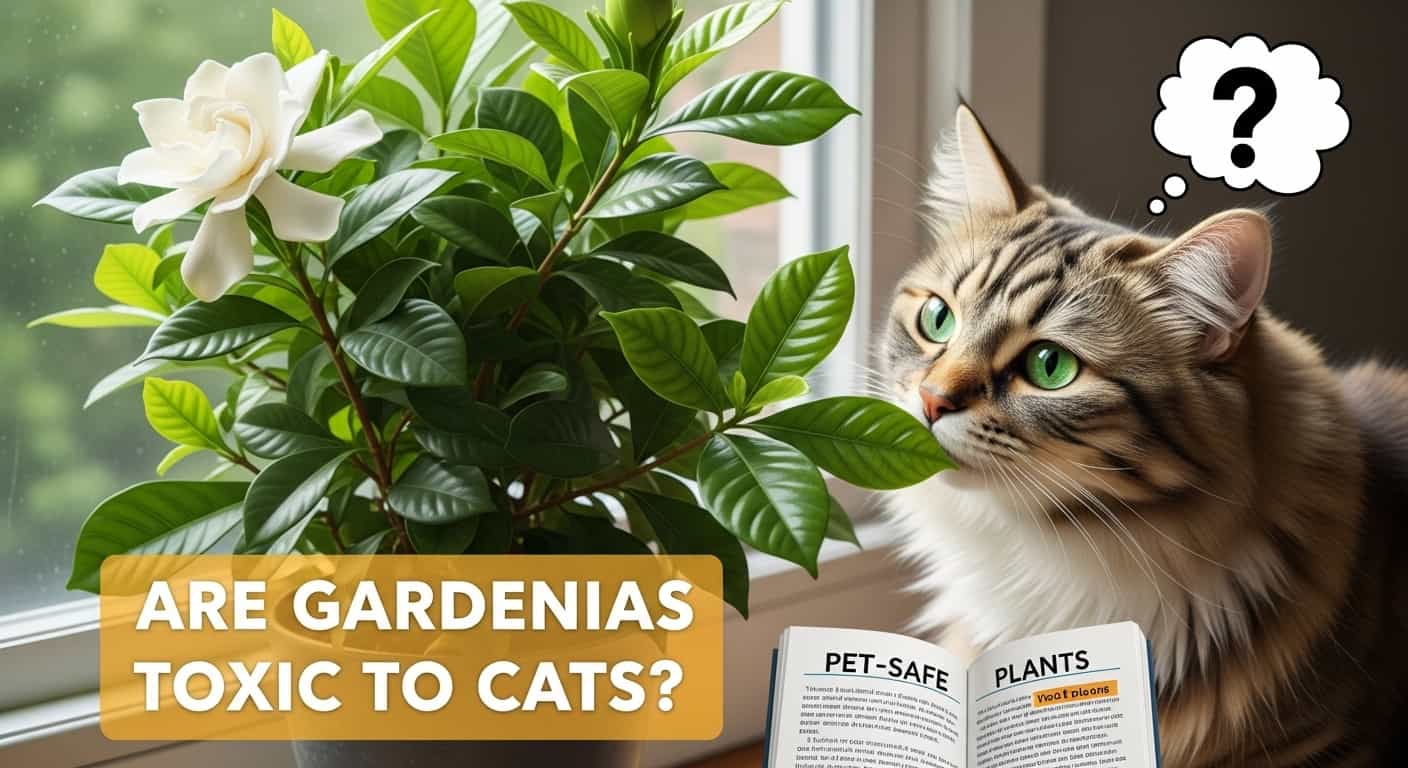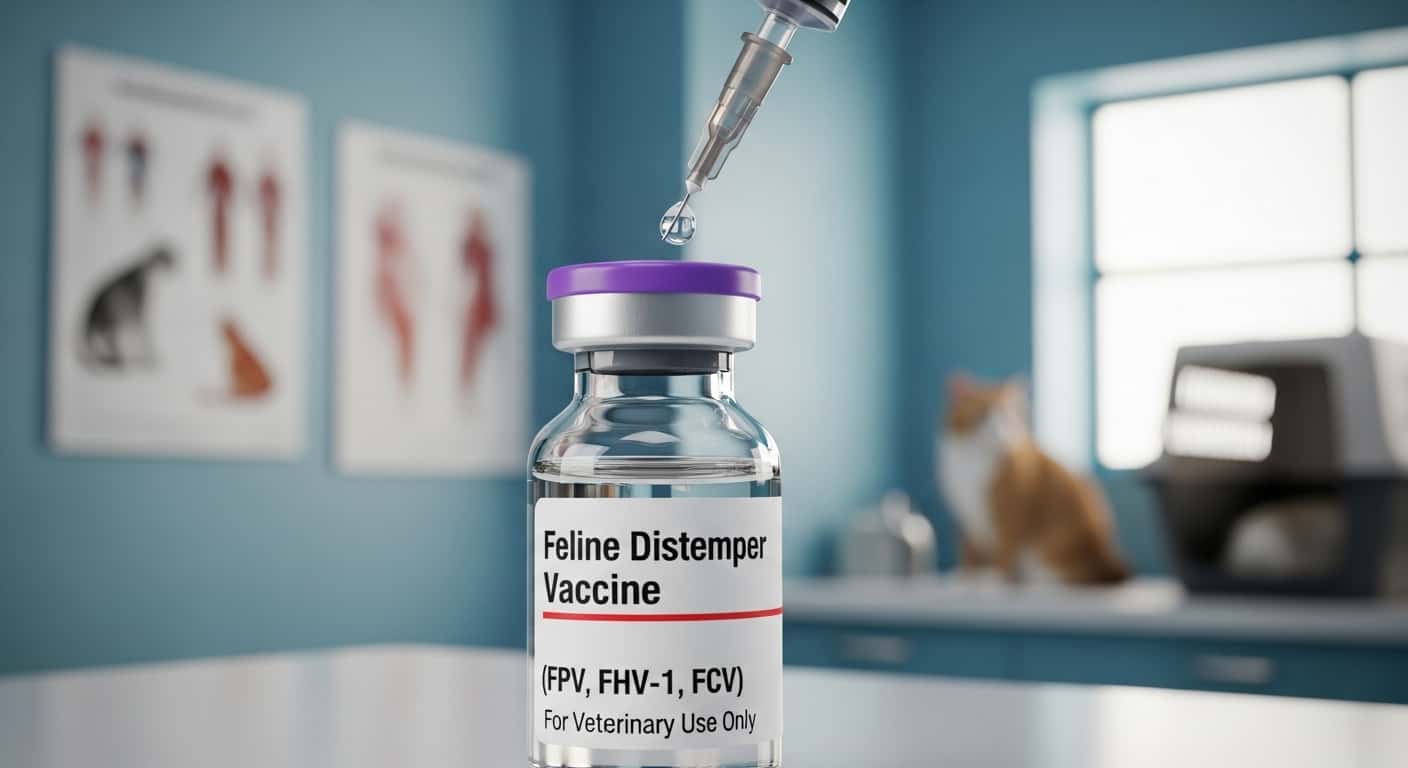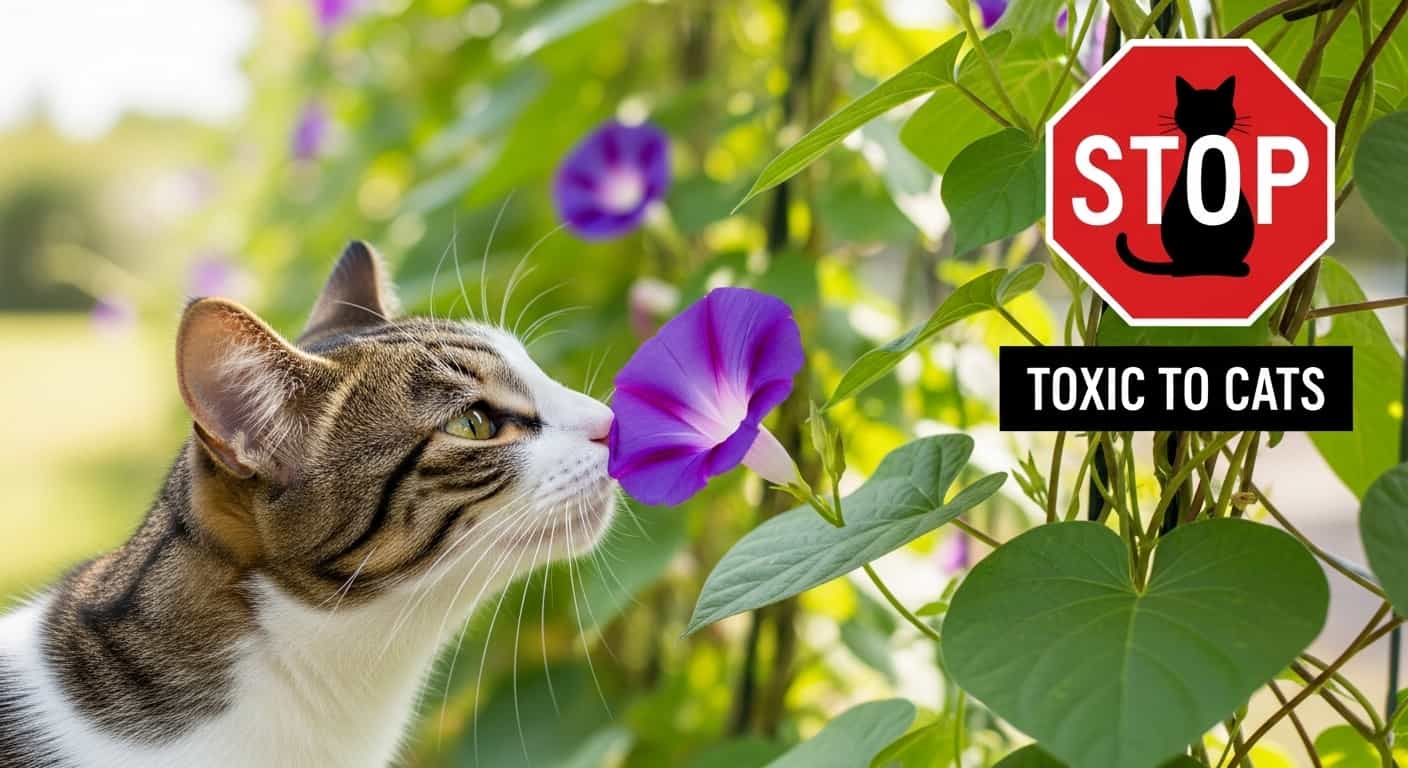Imagine your beloved cat, a curious explorer, sniffing around your living room. Your green thumb has led you to fill your home with beautiful plants, including the striking Cordyline.
Table of Contents
ToggleBut there’s a nagging question in the back of your mind: Is Cordyline toxic to cats? You’re not alone in your worry; this is a common concern for many pet owners who want to create a safe haven for their furry friends.
You’ll discover the truth behind Cordyline’s effects on cats. It’s essential to know what could potentially harm your feline companion, and this information is crucial for every cat owner. You’ll find out whether you need to re-home your plant or if it’s safe to coexist with your curious kitty. Your cat’s health and happiness depend on your awareness of the environment you create, and we’re here to guide you through it. Keep reading to ensure your home remains a sanctuary for both your plants and your pets.

Credit: cafeplanta.com
Cordyline Plant Overview
The Cordyline plant, with its vibrant colors and striking foliage, is a popular choice for many home gardeners. Its tropical flair can transform any space into a lush, inviting environment. However, if you’re a cat owner, understanding the nature of this plant is crucial for your feline friend’s safety.
What Is Cordyline?
Cordyline is a genus of about 15 species of plants in the Asparagaceae family. These plants are native to the Pacific Islands, Southeast Asia, and parts of Australia. They are often appreciated for their colorful leaves, which can range from green to red, purple, and even pink.
Popular Cordyline Varieties
- Cordyline fruticosa:Known as the Ti plant, this variety is beloved for its bright pink and red leaves.
- Cordyline australis:Often called the cabbage tree, it features long, slender leaves and can grow quite tall.
- Cordyline terminalis:This variety is famous for its striking foliage that combines green, red, and yellow hues.
Here's a related post that you might find useful. Cat Swollen Eye Treatment at Home: Easy Remedies for Quick Relief
Ideal Growing Conditions
Cordyline thrives in well-drained soil and prefers a warm, humid climate. It does best in bright, indirect sunlight, making it perfect for a sunlit room. Regular watering is essential, but ensure the soil is not waterlogged.
Why Cordyline Is Popular Among Gardeners
Many people choose Cordyline for its ability to add a splash of color to their gardens or homes. Its low maintenance requirements make it a favorite for those who want beauty without too much effort. But, as a cat owner, you might wonder if your feline friend is safe around this plant.
Have you ever noticed your cat curiously sniffing or nibbling on your plants? It’s a common behavior, and it’s important to ensure that the plants in your home are safe for them. The next time you consider adding a new plant to your collection, think about how it might affect your furry companions.
Understanding the nature of Cordyline and its potential risks can help you create a safe and beautiful environment for both you and your pets. Keep exploring and learning about the plants you love, and ensure they are a safe choice for your home.
Potential Risks For Cats
Cats are naturally curious creatures, often exploring their surroundings with little regard for potential dangers. This curiosity can lead them to interact with various plants, including Cordyline. While Cordyline is popular for its vibrant foliage, it poses potential risks to your feline friends. Understanding these risks is crucial for ensuring your cat’s safety at home.
Toxic Components In Cordyline
Did you know that Cordyline contains saponins? These chemicals are toxic to cats. Saponins can cause adverse reactions if ingested. Unfortunately, cats don’t know which plants are harmful. They might chew on Cordyline leaves if they find them interesting.
These toxic components can lead to serious health issues. While they might seem harmless, saponins can be quite dangerous. As a pet owner, it’s important to be aware of such risks.
Here's a related post that you might find useful. Natural Cure for Cat Bladder Infection: Effective Remedies That Work
Symptoms Of Poisoning
Recognizing symptoms of poisoning can save your cat’s life. If your cat has nibbled on Cordyline, watch for signs like vomiting and diarrhea. You may also notice excessive drooling and lack of appetite.
These symptoms can appear quickly. They might also vary in severity. Have you ever wondered what you would do if your cat showed these signs? Acting fast is crucial.
Contact your vet immediately if you suspect poisoning. Keep an eye on your pet’s behavior. Quick action can prevent serious health complications.
Ultimately, ensuring your cat’s environment is free of toxic plants is key. Have you checked your home for other harmful plants? It might be time for a thorough inspection.
Preventing Exposure
Preventing exposure to toxic plants like Cordyline is crucial for keeping your feline friend safe. Cats are naturally curious creatures who love to explore their surroundings. This often includes inspecting houseplants. To protect your pet, it’s important to create an environment where they can roam freely without risking their health.
Safe Plant Placement
Think about where you place your houseplants. Consider elevated surfaces like shelves or hanging planters. These can keep toxic plants out of reach of your cat. If you’ve ever seen your cat leap onto the kitchen counter, you know they’re skilled at finding their way around.
It might be surprising, but a well-placed plant can make all the difference. Even a small shift in location can deter your cat from exploring. Wouldn’t you rather have peace of mind knowing your pet is safe?
Alternative Pet-safe Plants
Why not switch to pet-safe plants? Many beautiful and non-toxic plants can brighten up your home. Try options like spider plants, Boston ferns, or catnip.
- Spider plants are resilient and easy to care for.
- Boston ferns add lush greenery and are safe for cats.
- Catnip can even provide entertainment for your pet.
It’s amazing how a simple change can create a safer environment for your furry friend. Why risk it with toxic plants when you can have a pet-friendly oasis?
Have you ever thought about the impact of your plant choices on your cat’s health? Let this be a reminder that your decisions matter.
Emergency Measures
Accidentally ingesting Cordyline can be dangerous for cats. Swift action can prevent harm. Recognizing symptoms is crucial. Symptoms include vomiting, drooling, and lethargy. Understanding emergency measures can make a difference. Quick action can save lives.
Immediate Actions
First, remove your cat from the plant area. This prevents further ingestion. Check for any plant remnants in your cat’s mouth. Use a damp cloth to wipe its mouth gently. Ensure your cat doesn’t eat anything else. Provide fresh water to help flush toxins. Stay calm. Your cat senses your emotions. Monitor for worsening symptoms.
When To Contact A Vet
If symptoms persist, it’s time to call your vet. Persistent vomiting needs immediate attention. Excessive drooling is a warning sign. Lethargy and unresponsiveness are serious. Contact the vet without delay. Describe the situation clearly. Mention Cordyline ingestion specifically. Follow the vet’s advice closely. Your vet may suggest bringing your cat in. They might recommend an examination or treatment. Early intervention is key.
Creating A Cat-friendly Environment
Cordyline plants can pose a risk to cats due to their toxic nature. Symptoms like vomiting and diarrhea may occur if ingested. Creating a safe space for your feline friend involves removing or safely positioning plants like Cordyline.
Creating a harmonious space where your feline friend can thrive is essential for any cat owner. Cats are curious creatures, and their exploratory nature often leads them to interact with various elements in their environment, including plants. While some plants can be a lovely addition to your home, it’s crucial to be aware of those that might be harmful to your pet. Cordyline, for instance, is a popular houseplant that poses a risk to cats. Ensuring a safe environment means being mindful of plant choices and observing your cat’s behavior to keep them healthy and happy.
Indoor Plant Safety Tips
When selecting plants, prioritize those known to be non-toxic to cats. Consider options like spider plants, bamboo palms, or cat grass. These safe choices add greenery without compromising your cat’s health. Place potentially harmful plants out of your cat’s reach. High shelves or hanging baskets can deter curious paws. If you must have a plant like Cordyline, ensure it’s positioned where your cat can’t access it. Regularly check your plants for any signs of nibbling or damage. This might indicate your cat has taken an interest in them. Adjust your plant placement as needed to prevent accidents.
Monitoring Cat Behavior
Observe any changes in your cat’s behavior, especially if new plants have been introduced. Signs of poisoning might include vomiting, diarrhea, or lethargy. Quick action can prevent serious health issues. Create engaging activities to distract your cat from plants. Toys, scratching posts, and interactive play can keep them entertained and less likely to nibble on houseplants. Have you noticed your cat sniffing around your plants? Use this opportunity to redirect their curiosity. Introduce safe, cat-friendly plants or toys to engage their attention and keep them safe.
Credit: www.aspca.org
Frequently Asked Questions
Is Cordyline Poisonous To Cats?
Yes, Cordyline is toxic to cats. It contains compounds that can cause harmful effects. Ingestion may lead to symptoms like vomiting, diarrhea, and lethargy. Always keep this plant out of reach of cats. If your cat shows these symptoms, contact a veterinarian immediately for advice.
What Symptoms Do Cats Show After Eating Cordyline?
Cats may experience vomiting, diarrhea, and drooling after ingesting Cordyline. Lethargy and lack of appetite are also common symptoms. In severe cases, it can lead to more serious health issues. If you observe these signs in your cat, seek veterinary help immediately for proper treatment.
How Can I Keep My Cat Away From Cordyline?
To keep your cat away from Cordyline, place the plant out of their reach. Use deterrents like citrus peels around the plant. Consider using cat-safe plants as an alternative. Providing engaging toys and activities can also distract them from exploring harmful plants.
Are There Safe Plants For Cats Similar To Cordyline?
Yes, there are cat-safe alternatives to Cordyline. Spider plants, Areca palms, and Boston ferns are non-toxic options. These plants can offer similar aesthetic appeal without posing a risk to your cat’s health. Always choose plants that are known to be safe for pets.
Conclusion
Cordyline can be harmful to cats if ingested. Protect your furry friend by keeping these plants out of reach. Consider safer plant options for your home. Your cat’s health is important. Always consult a vet if you suspect poisoning. Symptoms can include vomiting or drooling.
Quick action can help prevent severe issues. Many pet-safe plants are available. Choose wisely to ensure your cat’s safety and happiness. A little care goes a long way. Keep your home cat-friendly and worry-free. Stay informed and enjoy a peaceful environment for you and your pet.

